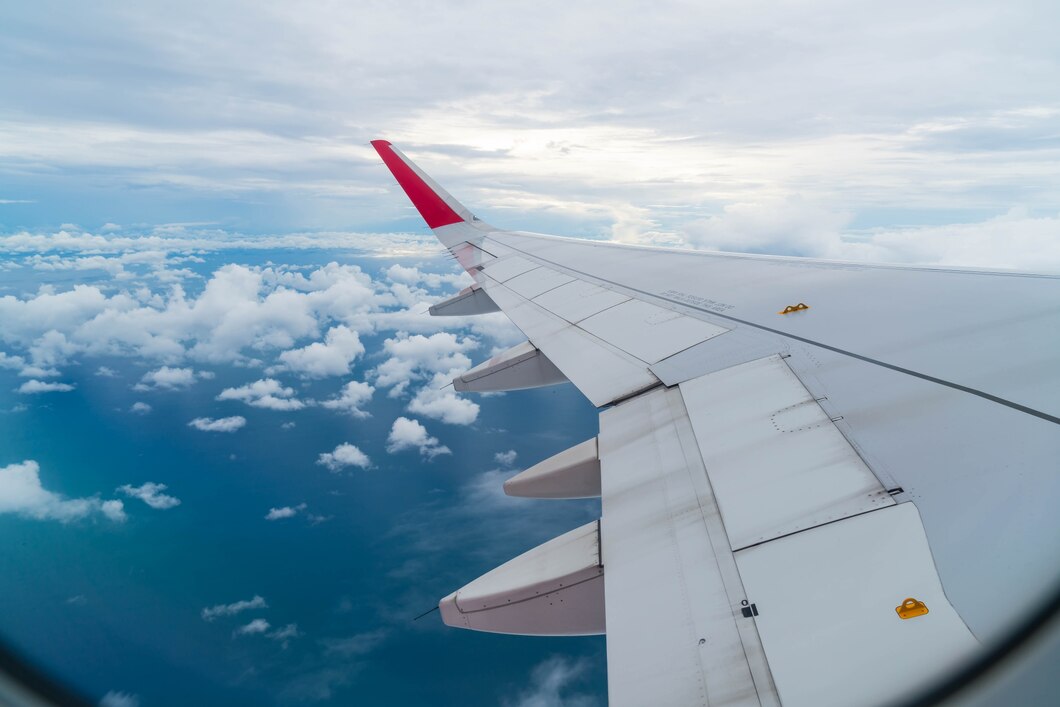What you need to know about how to travel with an Italian passport
Congratulations! You’ve become a recognized Italian dual Italian and are eager to use your newfound status. But what if you don’t know how to travel with an Italian passport? On this page, we’ll go over everything you need to know about traveling as a new Italian citizen.
Put simply, there are few (if any) cons to having and traveling with an Italian passport. Because you’re a European citizen, your passport will allow you to live, work, and study unrestricted in the European Union.


What else is there to know?
Additionally, when traveling with an Italian passport you can use the eGates to pass through immigration. This can save you hours on line during busy tourist seasons. And I don’t know about you, but skipping long lines is my favorite part of traveling!
Note: if you plan on staying in the European Union for more than 90 days, you should use your Italian passport when entering the EU. This will avoid any potential questions about overstaying when you leave to go back to the US.
You don’t need a visa if traveling with an Italian passport
Starting January 2021, the European Union will require American citizens to seek approval to travel through the ETIAS program (European Travel Information and Authorization System). This means Americans will need to request and receive formal permission to enter the Schengen Zone. This permission will be valid for 3 years for multiple entries and will cost approximately $8 USD.
Additionally, some countries offer visa-free entry to Italian citizens whereas Americans may have to obtain one. If you use your Italian passport to enter these countries, you may save a few hundred dollars in visa fees you’d have to pay as an American.

Before leaving: buying your ticket
Airlines must make sure that travelers are legally able to enter their destinations. If an airline allows an ineligible passenger to board a flight for a destination they don’t have legal clearance to enter, they face steep fines and must return that person to their country of origin at their own expense. Therefore, airlines have a vested interest in making sure you can enter your destination legally and have the appropriate authorization to stay there for the length you intend to.
For this reason, when traveling with an Italian passport to the European Union, Schengen Zone, and EEA you should use the details on your non-US passport.
There are some exceptions to this rule:
Your flight connects via Canada. In this case, you should use your US passport to avoid having to get electronic travel authorization to Canada on your Italian passport.
You are a married woman and your maiden name is not the name in your US passport. When women get married in Italy, they don’t change their last names. In these cases, book with your US passport. Also, make sure that your married name has been added to page 4 of your Italian passport, as this will be enough for check in purposes on all legs of your trip.
Airlines pass the flight roster ahead of time to immigration authorities in the arrival country. This lets them know to expect an Italian and not an American. Since you’ll be traveling with an Italian passport, you’ll be considered Italian for all intents and purposes.
Getting ready to leave: the night before
Check in. You might be asked to verify your passport details. Make sure to use the information on your Italian passport.
While at the airport
Check in and bag drop. If you’re checking bags, use your Italian passport when verifying your passport through the e-verify system (for example, at the Delta kiosks in JFK airport). If you are asked to provide proof of legal residence if you are on a return ticket, show your US passport to show you have a right to return.
TSA and security. TSA is not immigration. They don’t check immigration status when checking ID and are much less likely to scrutinize an American versus a foreign national. When clearing security, use your US passport for the ID check.
Boarding. When boarding you’ll be asked to show your passport open to the picture page. Show your Italian passport when boarding.
Random US immigration checks before exiting. The US doesn’t have formal exit immigration controls. Instead, the US relies on departure rosters to know which foreign nationals are leaving the country. Sometimes US Customs and Border Protection or ICE will conduct random checks inside the jet bridge as you are boarding the plane. In these cases, it is very important that you be prepared and present yourself to US authorities as an American citizen. If you encounter one of these officers, present your US passport but keep your Italian one in your pocket to avoid confusion.
Arriving in Italy
Once you arrive in Italy (or your first European layover country), you have to clear immigration before leaving the airport or going onto a connecting flight.
How to Use the eGate
This is my favorite part! If you and everyone in your party is an EU/EEA citizen and over the age of 16 you may use the eGates. These are automated immigration control gates where you can scan your passport and look into a camera to have your face scanned. When accepted, your passport will be given back to you and you can walk through the gates across the border. No officers and no stamps required.
The video below is for the UK, but the concept is the same.
How to use the EU/EEA citizens’ line
If you have someone in your party under the age of 16 or one (or more) of you is not an EU/EEA citizen you can still use the expedited EU/EEA line but you must have your passport manually inspected. If you’re a parent traveling with a child, carry a notarized letter from the other parent stating permission for you to be traveling alone with your child and the dates of travel. Also, keep copies of your child(ren)’s birth certificates with you to avoid headaches. This is strictly enforced in many airports, so it’s better to be safe than sorry.
Once you’ve passed the eGates or the arrival lines, congratulations—you’ve arrived in Europe! Now go have fun.
Leaving Italy for the United States
The Night Before
Check in. Check in for your US-bound flight using your US passport. As above, United States immigration will receive a roster from the airline. Since foreign nationals either require an ESTA (electronic visa waiver) or an actual visa to enter the US, you need to use your US passport.
At the Airport
Check in and bag drop. If you’re checking bags or using the e-verify system, the airline agent will verify your passport. This confirms that you have your documents verified on the airline’s roster for the arriving country’s immigration authority. In this case, it’s the United States. So, use your American passport even if you connect in another Schengen Zone country first before leaving the Schengen Zone altogether.
Security. You may use either passport here, just like in the US. And also like the US, they might scrutinize one of their own nationals less here. So, in this case I would use my Italian passport.
Exit immigration. When leaving directly for the US or another non-Schengen Zone country you’ll clear exit immigration at your departure airport. If you’re connecting in another Schengen Zone country before continuing to the US, you’ll clear exit immigration in that country (i.e. if I were flying to the US from Milan via Amsterdam, I’d clear exit immigration in Amsterdam). You should use your Italian passport for exit immigration. It marks you as having left Europe under the same passport. Then, you’ll reach your gate to depart for the United States.
Boarding the plane. Show the picture page of your US passport here. Occasionally, agents might come around and ask questions to all passengers before the plane boards.
Arriving home in the United States
Once you’ve arrived, use your US passport to clear US customs. If an officer questions why you don’t have a stamp from your trip, say you didn’t receive one. If they probe further, you should present your Italian passport as proof of having traveled legally. It’s your right as an American citizen to enter the United States and an officer cannot deny you entry.
If you are a member of Global Entry you can proceed as normal through immigration using the kiosks or eGates.
In these cases, show your US passport.
Congrats. You’ve successfully traveled with two passports!
Basic rules for two-passport travel
Airlines want to see the passport that allows you to go where you’re going. If you’re going to Europe, use your European passport.
Immigration authorities care about the passport that authorizes you to be where you are physically standing.
Don’t show both passports to any authorities unless asked to do so.
